The Data Center Surge: The Latest Energy Dilemma and the Path Forward
Originally published on Energy Connects The explosion of data-driven technologies, particularly artificial intelligence (AI), has catapulted data...
4 min read
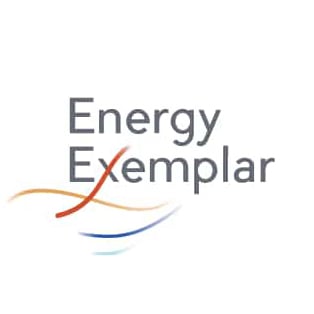 Team Energy Exemplar
:
November 11, 2024
Team Energy Exemplar
:
November 11, 2024
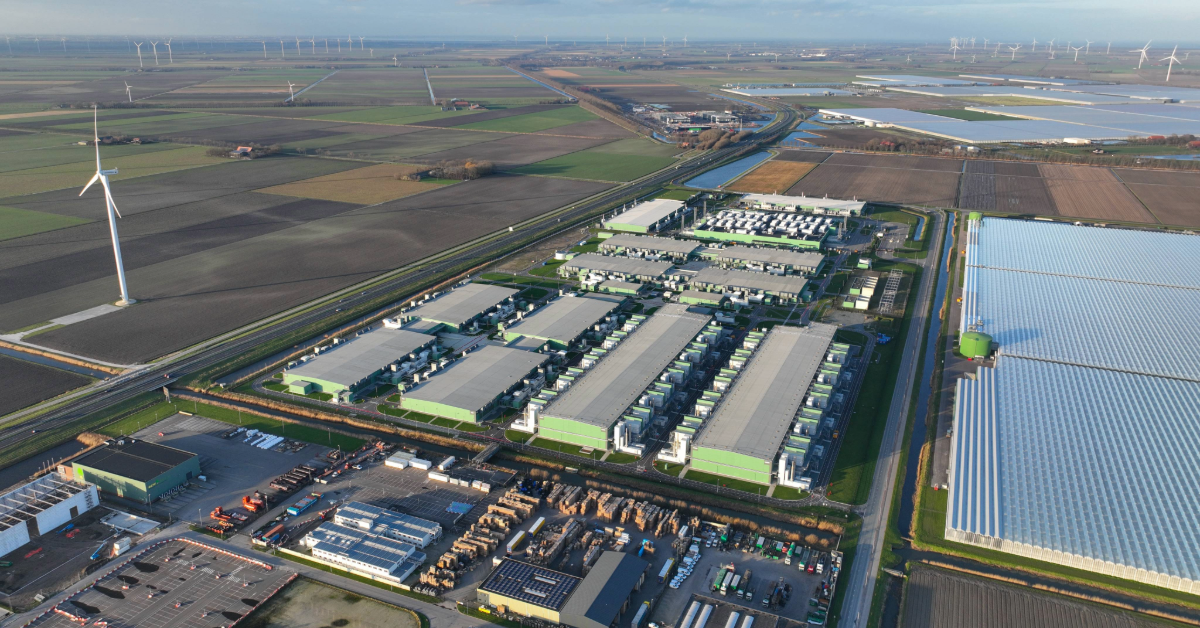
In 2022, data centers (excluding cryptocurrency mining operations) consumed approximately 460 TWh of electricity, or 1.0% to 1.3% of global demand. By 2026, experts predict data center consumption could jump to 1,000 TWh a year — a number that the International Energy Administration (IEA) says is roughly equivalent to the electricity consumption of the entire country of Japan.
This increased demand will substantially impact the power grid, which is already challenged by the integration of intermittent renewables and aging infrastructure that either needs to undergo significant upgrades or be retired.
This article will explore why artificial intelligence (AI) is causing data center power consumption to skyrocket and the impact that increased demand will have on the grid and the data center industry.
To understand the impact that data centers will have on the grid in the coming years, we first need to understand why artificial intelligence is driving such unprecedented growth in data center power consumption.
Thanks to technological advancements, the adoption of AI, particularly generative AI (Gen AI), has boomed in the past five years. Gen AI uses AI models and existing data to create new content such as text, images, music and videos. The large language models (LLMs) that power Gen AI tools can also understand the nuances of human language, making them well-suited to answering questions, summarizing documents and more. In other words, these new tools offer endless opportunities to transform how the world works.
While Anthropic, Google DeepMind and Meta have all released Gen AI tools in recent years, OpenAI’s ChatGPT quickly became one of the most popular platforms when it launched in 2022. Within a week of its unveiling, more than 1 million users had signed up to leverage the platform’s human-like responses and conversational format; by August 2024, the number of weekly active users topped 200 million.
While the possibilities of Gen AI are exciting, there is one significant challenge — the powerful data center servers doing the behind-the-scenes Gen AI processing work require considerably more electricity than typical internet searching or browsing. Goldman Sachs found that a single AI-powered ChatGPT query requires 2.9 watt-hours of electricity, nearly 10 times the amount needed for a typical Google search.
As access to the internet expands across the globe and more people conduct AI-powered searches, data center power demands will continue to skyrocket. Additionally, companies such as Walmart, Nike, Verizon and Coca-Cola are rapidly adopting Gen AI technologies for everything from customer service to product design, driving data center electricity loads even higher.
As a result, data center power consumption is expected to increase 160% by the end of the decade, accounting for 3-4% of global power consumption.
In addition to significant power requirements, data center owners face mounting pressure to reduce carbon emissions, most of which are associated with the generation of the electricity needed to operate and cool their mission-critical facilities.
Many are turning to on-site zero-emissions renewable energy resources, such as solar and wind, to meet the increased demand for clean power. However, the intermittent nature of solar and wind generation is inherently problematic for a facility that needs reliable power 24/7. Solar panels and wind turbines can’t generate energy when the sun isn't shining or the wind isn’t blowing, and there may be times when these renewables generate more electricity than can be consumed in real-time. Data centers are also integrating battery systems to store energy generated by renewables for later use, maximizing system flexibility and investments in renewable energy.
Additionally, many large data center operators, including Amazon, Google and Microsoft, are signing deals with nuclear power plant operators to help meet the competing demands for more clean power. Others are investing in hydrogen or natural gas fuel cells, purchasing power from solar parks or wind farms, leveraging renewable natural gas and exploring the possibilities of tidal energy.
Data center operators can also purchase renewable energy certificates (RECs) to offset carbon emissions and support sustainability goals. Each REC is equivalent to 1 MWh of electricity generated by a renewable source. If the operator purchases enough RECs, all greenhouse gases affiliated with the data center can be offset.
Existing data center stock cannot accommodate the coming demand from the burgeoning AI industry, so operators are racing to build new facilities to keep pace. As they evaluate potential construction sites, access to power has emerged as one of the biggest challenges.
Power availability varies by region, impacting where new data centers can be built. Many traditional data center hubs, including Northern Virginia, Phoenix, Tokyo, Mumbai and London, now have power constraints because of the rapid increase in load from AI and other connected technologies. Grid congestion and resource retirements also contribute to power constraints in these and other areas. For example, the U.S. expects 5.2 GW of primarily coal and natural gas plants to cease operations in 2024, and nearly two-thirds of the country’s transmission lines are nearing the end of their typical 50- to 80-year lifecycle. In the European Union, coal-fired power has dropped by nearly one-third since 2012.
Siting new data center assets in locations that can support the growing demand for clean, reliable power is critical. This means more power will be needed in more locations, not just typical data center load hubs. Operators are currently exploring new markets, with cities such as Kansas City, Minneapolis, Columbus, Osaka, Hyderabad, Milan and Copenhagen emerging as homes to the next wave of data centers.

Siting a data center so that it has reliable and clean electricity is no easy task. In this infographic, learn some of the key factors that should be considered.
Given global power constraints and the increased demand for clean power, data center site selection is increasingly complex. To simplify the process, data center operators can leverage power modeling platforms such as Energy Exemplar’s PLEXOS®.
PLEXOS® features state-of-the-art siting capabilities that allow data center operators to model traditional and renewable power accessibility and transmission congestion and create highly accurate demand forecasts for each new data center. The platform also allows data center operators to determine where assets should be built for optimal outcomes and with the lowest risk.
Highly visual, the platform is designed to enable customers to make faster, better-informed decisions - including around the value of potential data center sites. PLEXOS® also excels at nodal analysis and Monte Carlo stochastic analysis, which means the platform can handle a wide variety of hypothetical future states, empowering decision-makers to identify which have the best benefit-to-cost ratio.
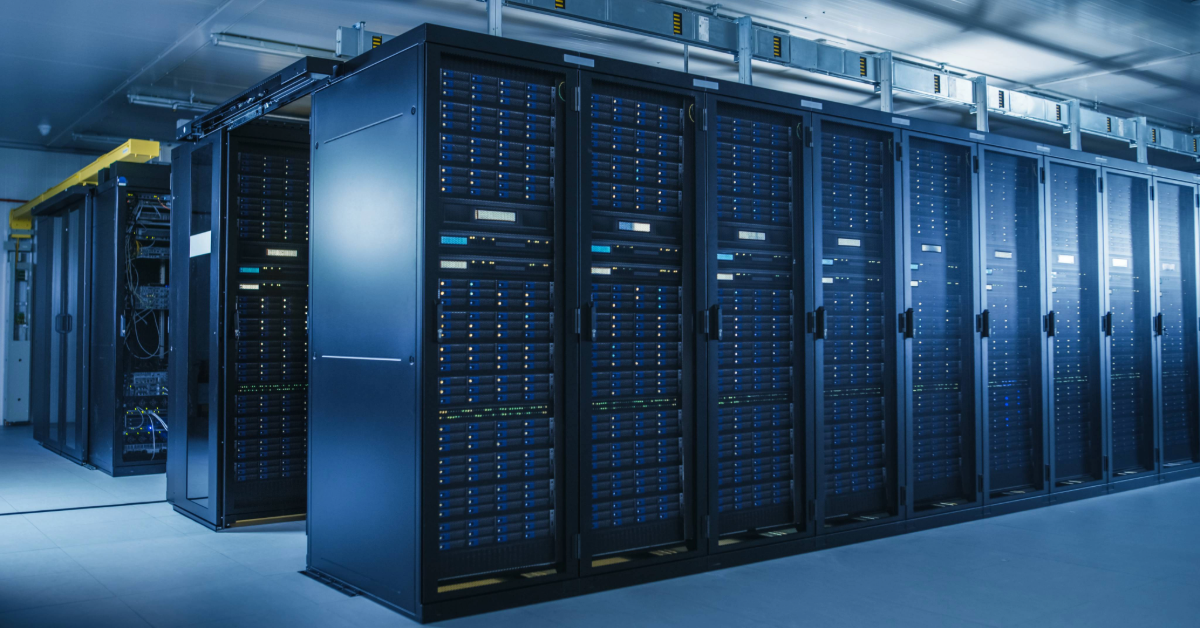
Originally published on Energy Connects The explosion of data-driven technologies, particularly artificial intelligence (AI), has catapulted data...
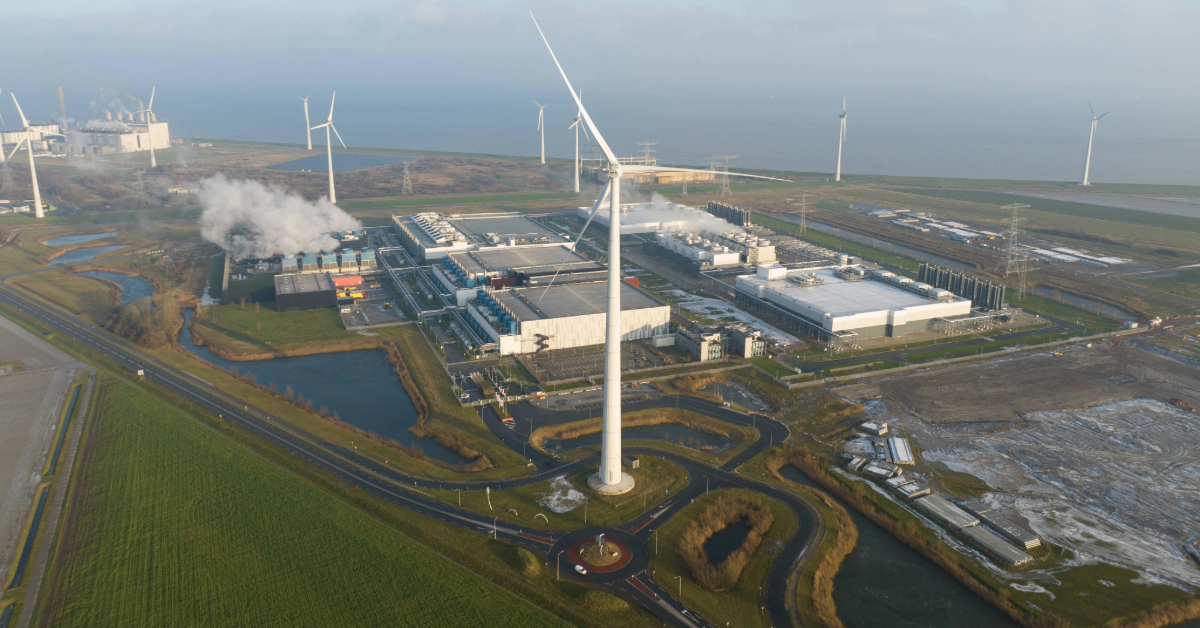
The data center market is expanding at an unprecedented rate. The U.S. colocation market alone has doubled in size over the last four years....
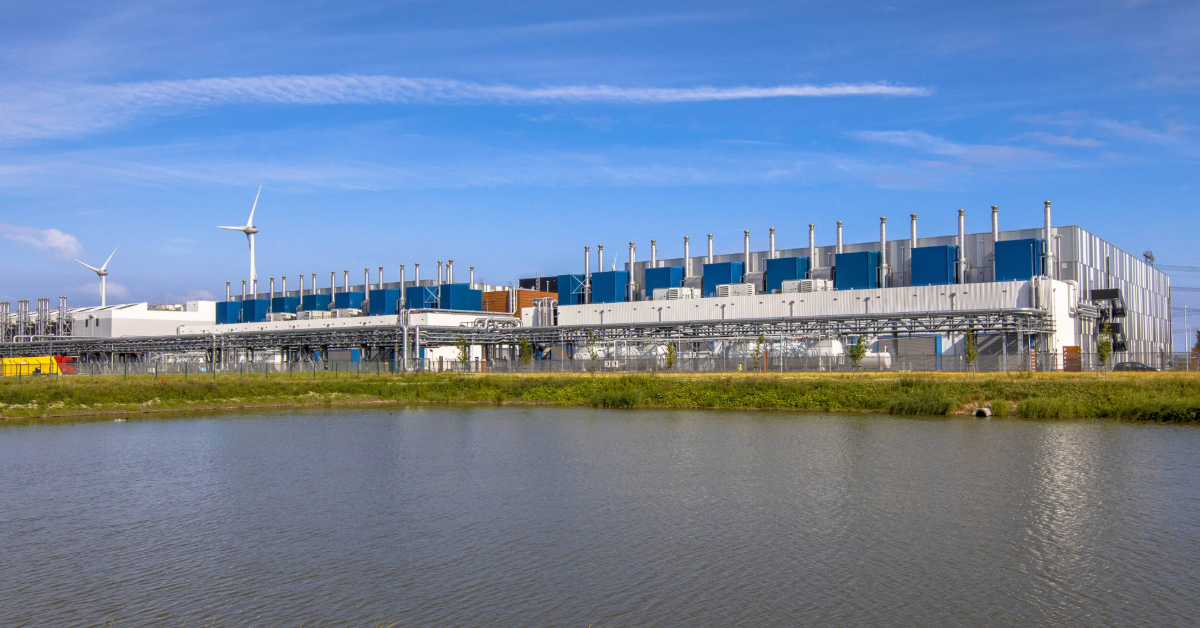
Originally published on Utility Dive on November 11, 2024